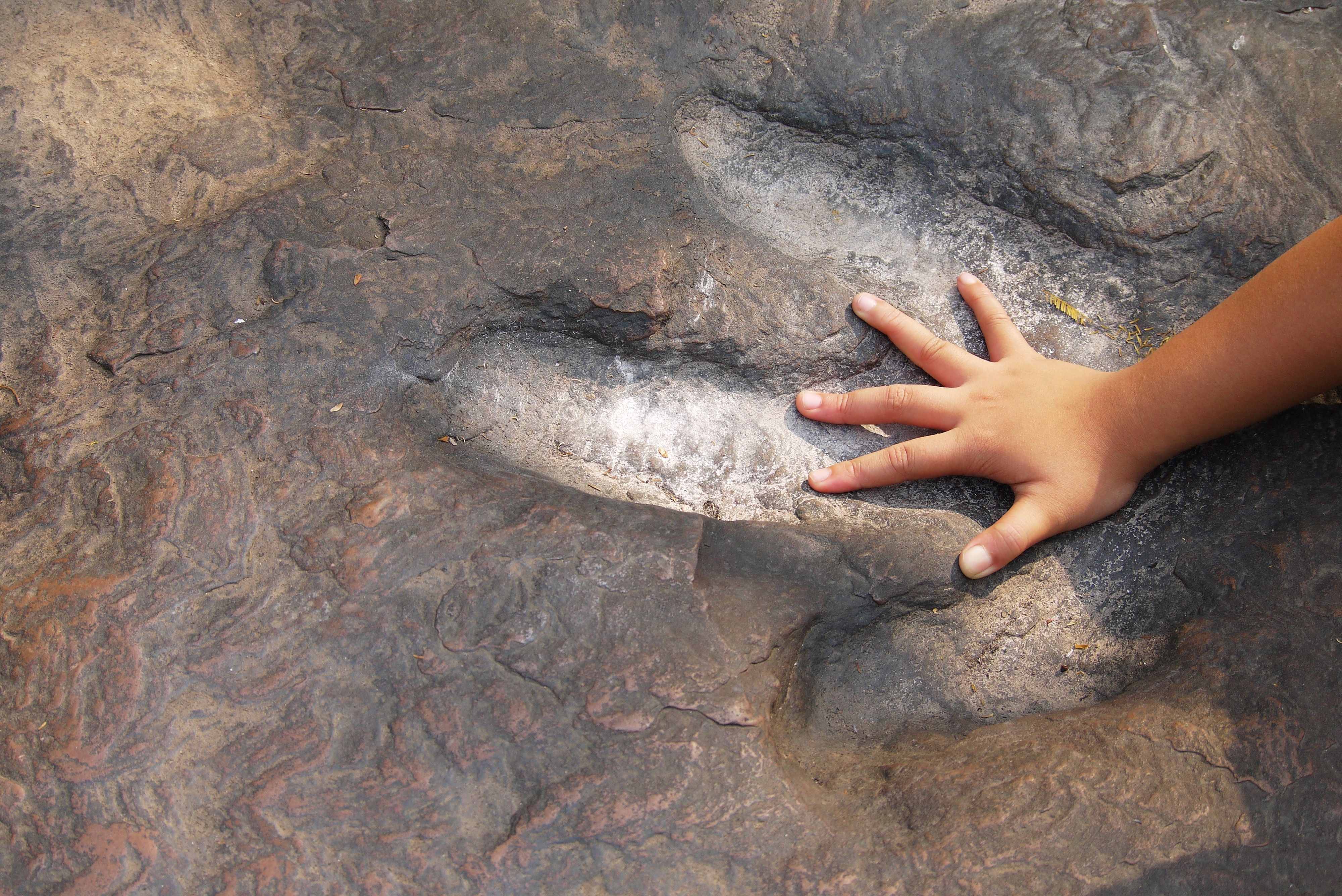FREEPORT — March was going to be a big month for the Children’s Hands-On Museum of Northwestern Illinois.
“We were going to have our one-year anniversary in the mall when COVID hit,” said Sarah Flashing, the museum’s executive director. “March 22, 2019, was the day we opened at this space in the (Lincoln) mall.”
Instead, on March 16, the museum — featuring 6,000 square feet of interactive exhibits on agriculture, science, engineering, medicine, music and drama — was one of the 85,000 museums that closed worldwide because of the coronavirus pandemic. According to a study by the United Nations Educational, Scientific and Cultural Organization, as many as 13% of those museums may never reopen.
CHOM, as the Children’s Hands-On Museum is known locally, remains closed, but the doors will open again someday.
“We’re looking at October as the earliest possible reopening,” Flashing said.
“This isn’t a place where you just go look at things on a wall,” Flashing said. “A children’s museum is by definition very germy. Kids are here to play with toys. Toddlers tend to put things in their mouths. We’re dealing with more than your run-of-the-mill germs. You can’t get children to wear masks. You can try, but it does not work.
“We also are volunteer-driven,” Flashing added. “Ninety-eight percent of our volunteers are seniors. That’s the demographic most at risk right now. Asking them to clean things three times a day, even for a limited schedule, is a lot to ask.”
Children’s museums across the United States face the same conundrum. Statistically, children seem to be the least at risk for the most serious effects of COVID-19, the illness caused by the coronavirus. But there are rare cases of children dying from the disease.
Many U.S. children’s museums are choosing not to reopen until 2021. In Rockford, the Discovery Center reopened on July 8. To do so, staffers there are running three sessions a day by reservation with no more than 50 people at a time. Discovery Center in the summer typically averages 700 to 1,000 visitors so it is losing significant money daily.
Sarah Wolf, the executive director at Discovery since it opened in 1985, said reopening plans are community-by-community decisions.
“We’ve got years of reserves and we see Discovery Center as a necessary community resource,” Wolf said. “I really feel for these centers that have been open for just a few years. You can’t take these kind of losses.”
Flashing said CHOM moved quickly to shore up its finances so that it’s ready once attendance restrictions are loosened.
“We received an emergency grant to pay some of our utilities and the mall has reduced our rent,” Flashing said. “We have not done any fundraising drives because a lot of people have lost their jobs. We’re going to keep looking for grants. We’re not in horrible shape.”
The CHOM space at the mall has been deep cleaned and is sealed, waiting for guidance from the governor’s office on when it’s OK to reopen.
“We’re definitely not going to be out front on this,” Flashing said of CHOM, which was averaging about 150 visitors per week before the shutdown. “This only works if parents feel safe to bring their kids here.
“We’re going to assess the situation in late September. It may be later than October. There’s really no way to know right now.”
COVID-19 Update: The connection between local and global issues–the Pulitzer Center's long standing mantra–has, sadly, never been more evident. We are uniquely positioned to serve the journalists, news media organizations, schools, and universities we partner with by continuing to advance our core mission: enabling great journalism and education about underreported and systemic issues that resonate now–and continue to have relevance in times ahead. We believe that this is a moment for decisive action. Learn more about the steps we are taking.
